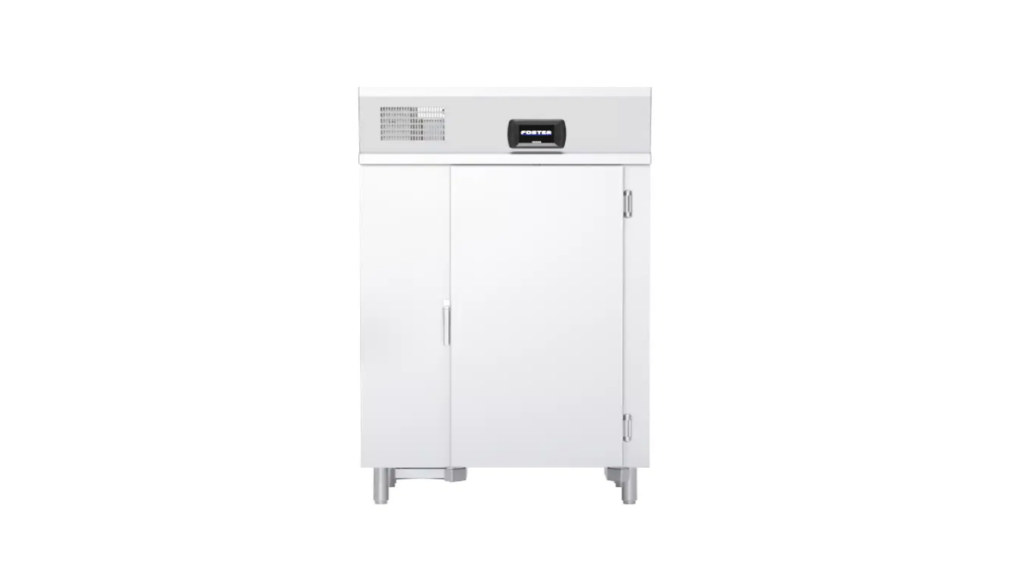Maintaining cooling equipment is an essential part of any commercial kitchen business. Keeping your equipment running smoothly will ensure that your food is kept as cool as it needs to be and at the same time avoid wasting any fresh produce.
The types of cooling equipment found in each kitchen vary depending on the type of food being prepared. However, most commercial kitchens in Australia boast blast freezers, more commonly known as flash freezers.
Maintenance is Essential
As with any other kitchen equipment, proper maintenance is essential to your blast chiller’s optimal performance. Having a preventative maintenance plan in place is important to ensuring that your blast freezer is routinely serviced. Additionally, there are also a few basic care tips that you should implement to keep your flash freezers running efficiently.
1. Regular Cleaning is a Must
Your blast chiller needs to be cleaned regularly. These simple tips will help you get started with that process:
- Interior cleaning: Wipe out any spilt food or liquids that may have dropped into the freezer. You can use warm water and a mild detergent to wash out the shelves. Dry shelves and place them back in the freezer. We recommend placing all your food in airtight containers to reduce wastage and spills. Add labels with dates on them so that you can keep track of what food needs to be used first.
- Exterior cleaning: It’s very easy for your freezer to get greasy and grimy on the outside, especially in a hot kitchen where there’s hot oil and steam all day long. Don’t use harsh chemicals as these may strip the exterior finish. Rather use hot water and mild soap.
- Fan cleaning: If you’re using a flash freezer for the first time, it’s essential to know that dust buildup at the back of the unit can hamper cooling performance. Refer to your user’s manual for cleaning steps as this process varies depending on the blast freezer model you have. Be sure to also check how the condenser coil should be cleaned.
2. Lubricate Door Seals and Hinges
Your blast freezer will more than likely be opened and closed hundreds of times each day. This will eventually leads to normal wear and tear on the hinges and seals. That means these will need to be checked and lubricated or replaced to ensure they keep working correctly.
This is how you would do that.
- Door seals: Over time freezer door seals will crack. When this happens, cold air escapes from the freezer, affecting the overall cooling temperature. You will therefore need to routinely check your freezer seals for cracks. Speak to your repair agent to have these replaced during the next service.
- Hinges: Squeaky hinges can be annoying and the best way to deal with this is to add lubricant. Once again, refer to your manufacturer’s manual for the type of lubricant to use and the most effective method to apply.
3. Check the Criteria for Defrosting
Your blast chiller’s success depends on how well it’s able to regulate the expected temperature. This means that you will have to create a defrosting schedule and stick to it. Here’s what you need to do to regulate the temperature and ensure that the unit is defrosted correctly.
- Defrosting: For the most part, defrosting removes excess ice buildup in the freezer. The procedures for defrosting might vary, depending on the model you have. However, the basic steps involve switching the freezer off and unplugging it before you follow the instructions in your user’s manual. Be sure to schedule this for after hours when your kitchen staff won’t need to instantly cool something.
- Regulated the temperature: It’s important to only use your blast freezer at the recommended temperature. This will ensure that the unit stays within its safest operating range. Teach your kitchen staff to place food in the freezer in advance rather than hiking up the temperature to instantly cool something. You can also prepare a chart of the most prepared foods in your kitchen a how long it takes to cool these items to the desired temperature. That way, your staff can refer to it when they need to cool food before a food service.
4. Invest in a Service Plan
Most blast freezer manufacturers offer a warranty that may vary between one and five years. When purchasing your blast freezer check the criteria for the warranty and any other service plans on offer. Doing this may save you money on routine maintenance.
If your unit is outside of its warranty period, speak to an accredited service provider to schedule routine maintenance. This will ensure that minor faults are detected before they escalate into major problems. The last thing you need is to have your blast freezer shut down in the middle of your busiest food service!
Final Thoughts
Blast freezers are amazing in a busy kitchen where you may quickly need to cool desserts, drinks, and salads for the next food service. Keep your customers happy by ensuring that your freezers are always working to their optimal requirements. Use our basic tips to help you do this!

